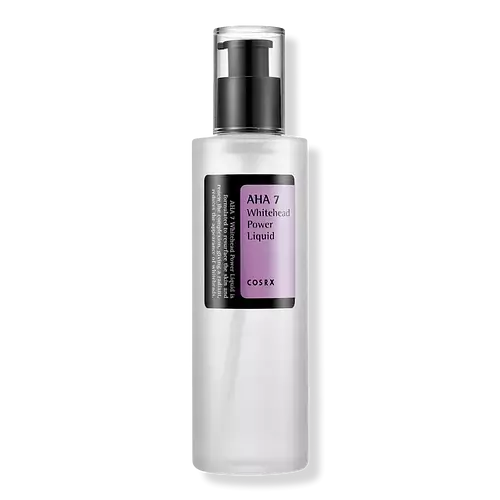Updated on April 17, 2024
Overview
What they are
These products are both reef safe . They have a total of 2 ingredients in common
Suited For
They're both likely to be good for fighting acne, anti aging, dry skin and brightening skin
Free From
They both do not contain any harsh alcohols, common allergens, oils, parabens, silicones or sulfates
We independently verify ingredients, and our claims are backed by peer-reviewed research. Spot a product that needs an update? Let us know.
Ingredient Info
Anua BHA 2% Gentle Exfoliating Toner 34 ingredients
Galderma Epiduo (New) 13 ingredients
At a glance
Click on any of the items below to learn more
Anua BHA 2% Gentle Exfoliating Toner 34 ingredients
Galderma Epiduo (New) 13 ingredients
Notable Ingredients
This product contains 1 ingredient that may have this attribute:
This product contains 1 ingredient that may have this attribute:
This product contains 1 ingredient that may have this attribute:
This product contains 5 ingredients that may have this attribute:
Benefits
This product contains 2 ingredients that may have this attribute:
This product contains 3 ingredients that may have this attribute:
This product contains 2 ingredients that may have this attribute:
This product contains 2 ingredients that may have this attribute:
This product contains 1 ingredient that may have this attribute:
This product contains 1 ingredient that may have this attribute:
This product contains 3 ingredients that may have this attribute:
This product contains 3 ingredients that may have this attribute:
This product contains 1 ingredient that may have this attribute:
This product contains 3 ingredients that may have this attribute:
Concerns
This product contains 1 ingredient that may have this attribute:
This product contains 3 ingredients that may have this attribute:
This product contains 1 ingredient that may have this attribute:
This product contains 1 ingredient that may have this attribute:
Notable Ingredients
This product contains 1 ingredient that may have this attribute:
This product contains 1 ingredient that may have this attribute:
Benefits
This product contains 1 ingredient that may have this attribute:
This product contains 1 ingredient that may have this attribute:
This product contains 2 ingredients that may have this attribute:
This product contains 1 ingredient that may have this attribute:
Concerns
This product contains 1 ingredient that may have this attribute:
This product contains 1 ingredient that may have this attribute:
This product contains 2 ingredients that may have this attribute:
This product contains 2 ingredients that may have this attribute:
This product contains 2 ingredients that may have this attribute:
Ingredients Side-by-side
Ingredients Explained
These ingredients are found in both products.
Ingredients higher up in an ingredient list are typically present in a larger amount.
Water. It's the most common cosmetic ingredient of all. You'll usually see it at the top of ingredient lists, meaning that it makes up the largest part of the product.
So why is it so popular? Water most often acts as a solvent - this means that it helps dissolve other ingredients into the formulation.
You'll also recognize water as that liquid we all need to stay alive. If you see this, drink a glass of water. Stay hydrated!
Learn more about WaterDisodium EDTA plays a role in making products more stable by aiding other preservatives.
It is a chelating agent, meaning it neutralizes metal ions that may be found in a product.
Disodium EDTA is a salt of edetic acid and is found to be safe in cosmetic ingredients.
Learn more about Disodium EDTAIngredient Ratings
Here's what our community thinks of the ingredients in these two products.
When to use
Anua BHA 2% Gentle Exfoliating Toner 34 ingredients
Galderma Epiduo (New) 13 ingredients


Reviews
Here's what our community thinks
Anua BHA 2% Gentle Exfoliating Toner 34 ingredients
raggedrobbin
I've tried both Paula's Choice and Isntree's BHA toners and I find that for my sensitive but acne prone skin this Anua one is far superior. It...
I've tried both Paula's Choice and Isntree's BHA toners and I find that for my sensitive but acne prone skin this Anua one is far superior. It doesn't have as much of a sticky feeling as the other two (but still some) and also didn't dehydrate or sensitise my skin as much, while still drastically improving my blackheads and acne bumps.
I believe this to be way more beginner-user and sensitive skin friendly while still packing a punch. I still try to not overuse it though, as you should with all acids (even if you find yourself in the oilier side of the spectrum as I do). For reference, this is the only exfoliating acid product I currently use in my routine.
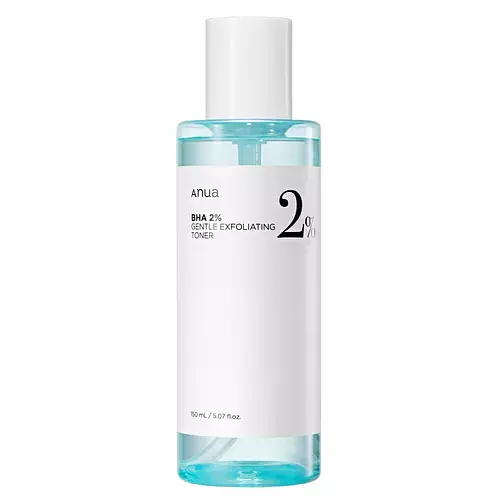
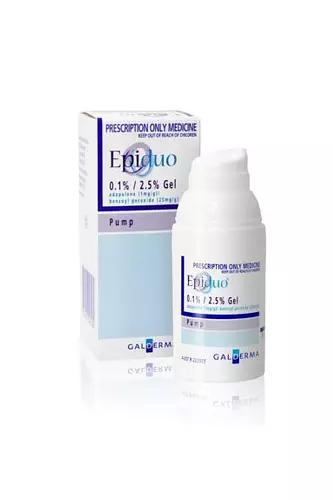




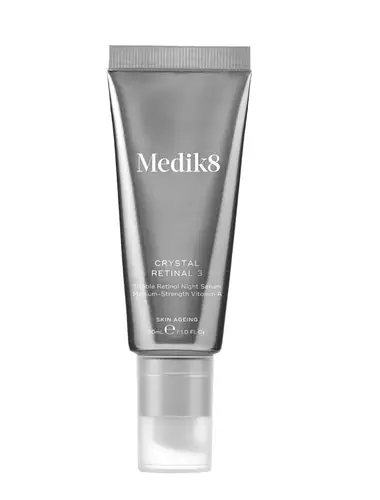
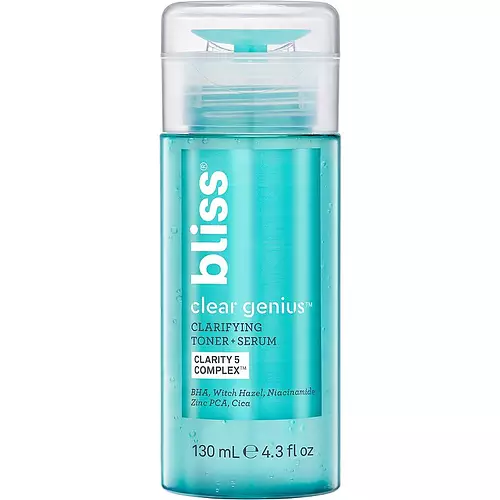
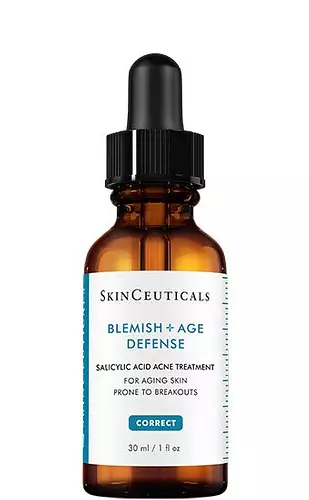
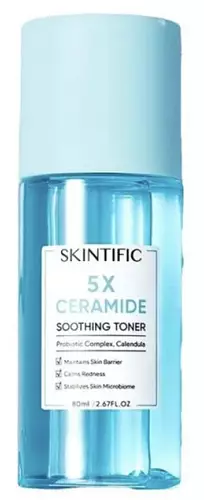
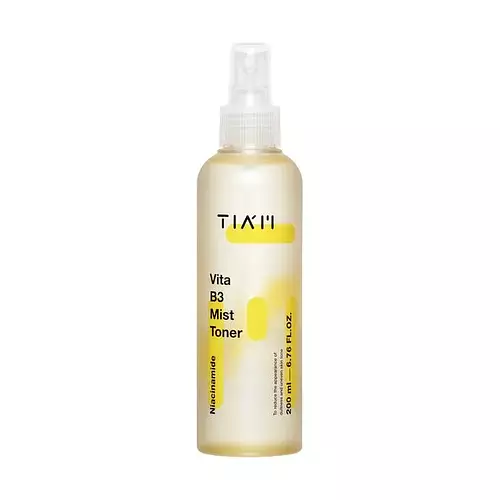
%2011.54.19%20a.%C2%A0m..png)

